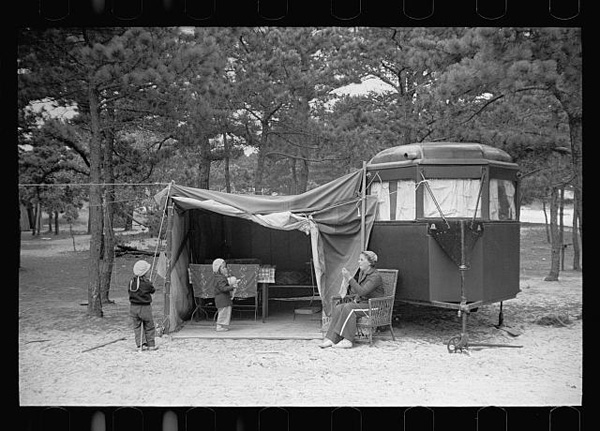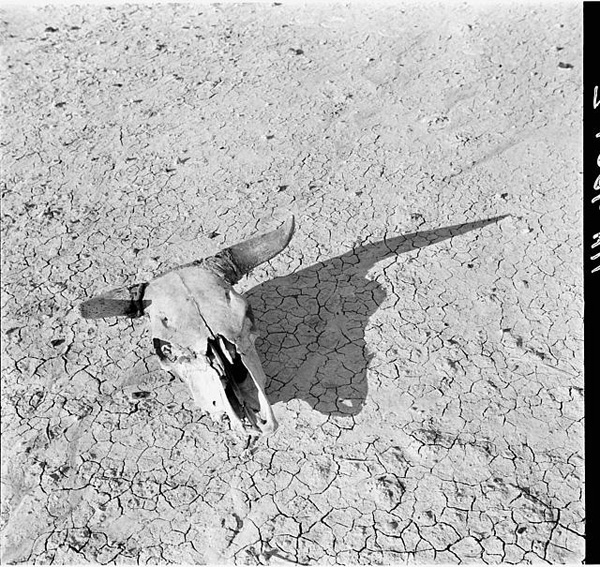Fields of Vision Book Series
by Tim O'Brien

This book series from the Library of Congress shows a detailed view into the lives of Americans during the Great Depression and Second World War. Each book focuses on a single photographer from the Farm Security Administration (FSA) which later became the Office of War Information (OWI). The massive documentary project of these government organizations was as important then as it is now. Guest writers chosen for the introductions of each book provide detailed information about the photographer’s background and personal experiences. These introductions help to shape the context of the images and narrative that each photographer strived for.
 The moment and position of a photograph can help create a distinct point of view. This is a great point that Charles Johnson writes about in regards to what Gordon Parks learned in his time photographing for the FSA. The portrait of Ella Watson, American Gothic, became a famous expression of outrage at the treatment of black people in America thanks to the moment with Watson and the positioning of the American flag in the background. This helps display how moment and position are important. In another book in the series with photographs by Carl Mydans there is a picture of a family labeled “the auto trailer camp”. This image presents a moment and position that from the context of the Depression suggests “dispossessed wandering”, but as Annie Proulx writes, fails to stay true to this story because of clues that it could show a family enjoying a holiday outing. This leads to an important point that the series raises about how images can be used for different purposes than intended.
The moment and position of a photograph can help create a distinct point of view. This is a great point that Charles Johnson writes about in regards to what Gordon Parks learned in his time photographing for the FSA. The portrait of Ella Watson, American Gothic, became a famous expression of outrage at the treatment of black people in America thanks to the moment with Watson and the positioning of the American flag in the background. This helps display how moment and position are important. In another book in the series with photographs by Carl Mydans there is a picture of a family labeled “the auto trailer camp”. This image presents a moment and position that from the context of the Depression suggests “dispossessed wandering”, but as Annie Proulx writes, fails to stay true to this story because of clues that it could show a family enjoying a holiday outing. This leads to an important point that the series raises about how images can be used for different purposes than intended.
 Arthur Rothstein’s picture of a cow’s skull in a dry alkali field, which for Rothstein was a chance to practice his technique, was used by Fargo Forum and Time magazine to create a scandal against the Resettlement Administration. The introduction to Rothstein’s photographs, written by George Packer, states that most papers in the country at the time were owned by wealthy Americans that opposed the New Deal. This is a situation that is all too familiar in America today.
Arthur Rothstein’s picture of a cow’s skull in a dry alkali field, which for Rothstein was a chance to practice his technique, was used by Fargo Forum and Time magazine to create a scandal against the Resettlement Administration. The introduction to Rothstein’s photographs, written by George Packer, states that most papers in the country at the time were owned by wealthy Americans that opposed the New Deal. This is a situation that is all too familiar in America today.
With economic uncertainty in our nation’s future and the media’s biased political view of America it is important to remember those difficult times. Fields of Vision allows readers to revisit the people and places of America in the 1930’s and 1940’s through the eyes of some of the greatest photographers of the period.
Tim O’Brien
www.timo-photo.com
